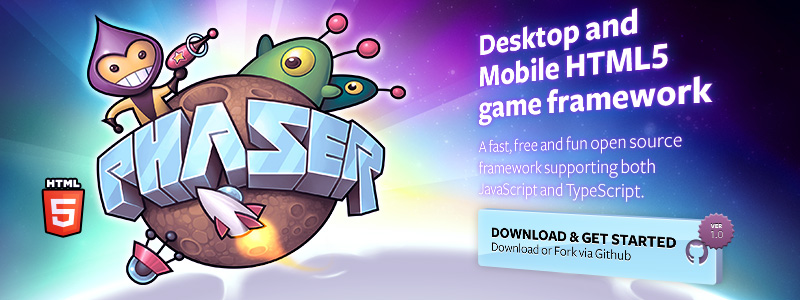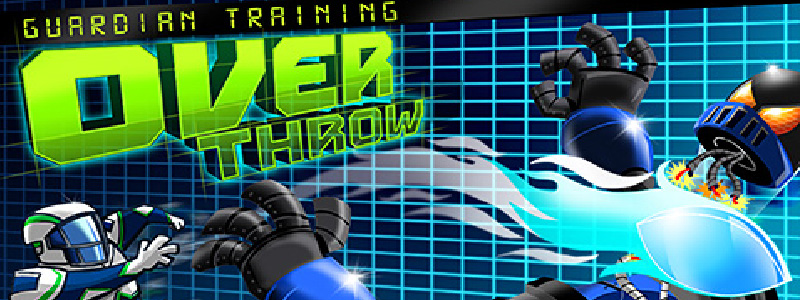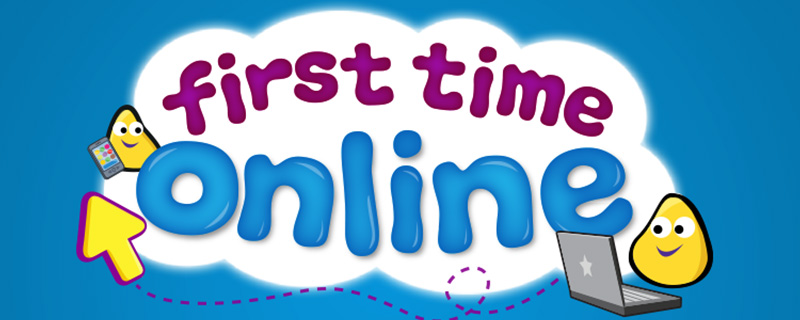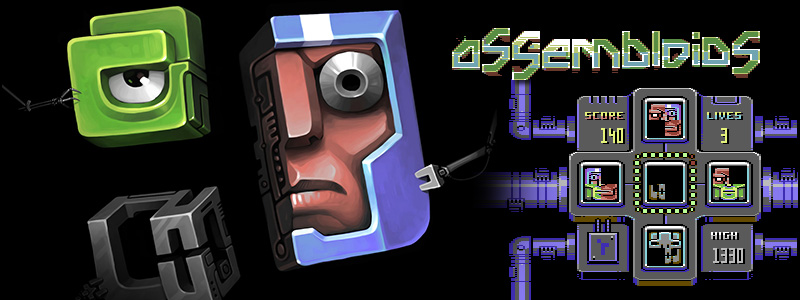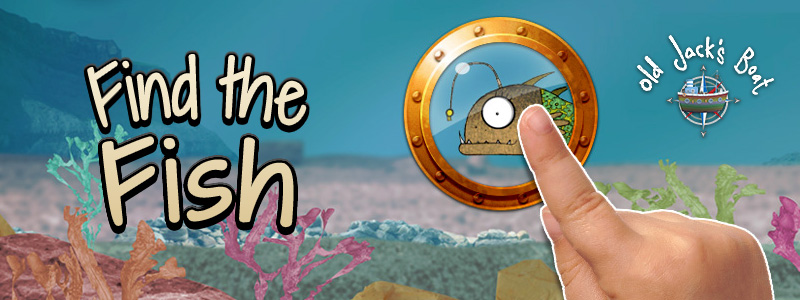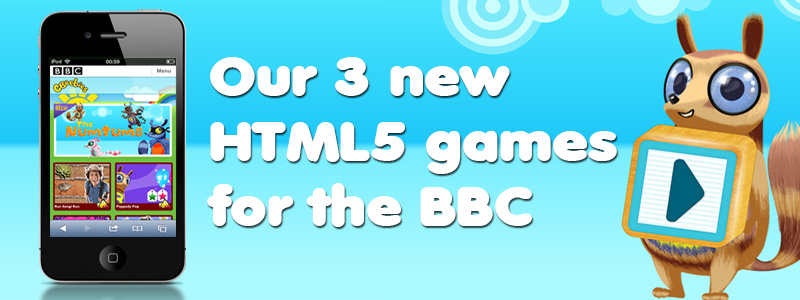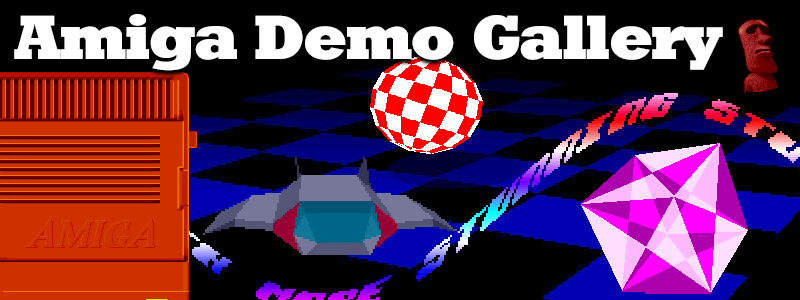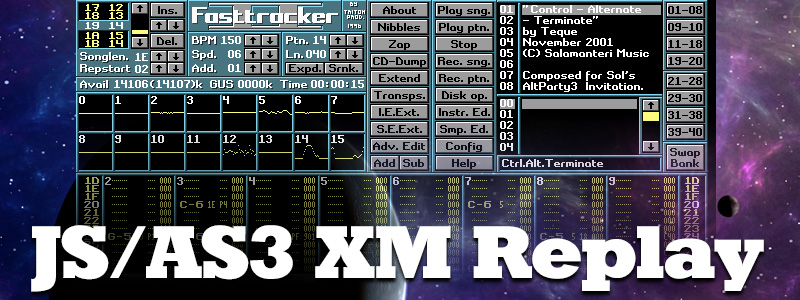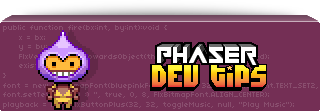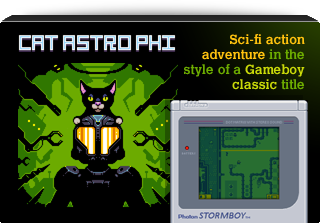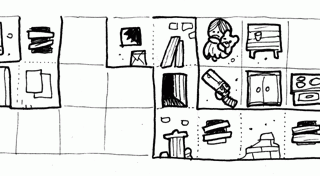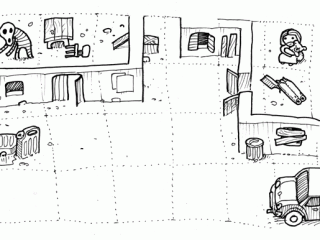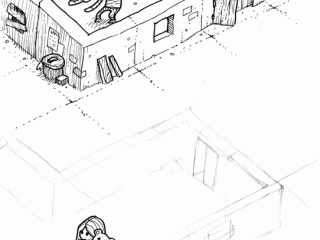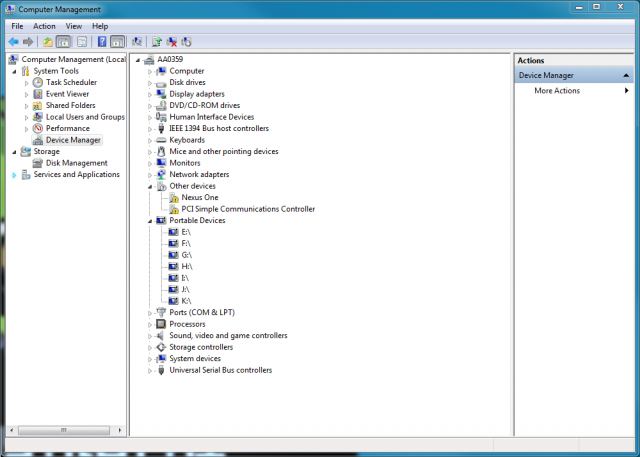Latest Posts
-
Get a Google Nexus One working on Windows 7 for Android Development
17th Jan 2011Today our Google Nexus One developer handset arrived at work. We bought it to do some prototype work with the Flash CS 5.5 pre-release (AIR 2.6) to allow for a much quicker development work flow. Due to the obvious Adobe NDA I can’t talk about the 5.5 feature set, but what I can say is what a complete and utter ball-ache it was to get the phone working on Windows 7, and how I finally got around it, in the hope that one day this may save some other poor sod from wasting hours like I did.
The problem
Plug your Nexus One into a Windows 7 PC and it won’t work. The device drivers install and then fail. So you can’t mount it and USB debugging doesn’t do anything (obviously).
The issue
The USB drivers aren’t Windows 7 compatible!
The solution
1) You need to download the Android SDK for Windows and install it. I used the r08 release as it was the most current at the time of writing. It’s available from http://developer.android.com/sdk/
2) Once installed run the SDK Manager and let it do all the Updates that it requires. When finished click on Available packages on the left and then expand the Third party Add-ons entry on the right. Below this you’ll see Google Inc. add-ones. Expand that and lo and behold is the Google Usb Driver package (at the time of writing it’s revision 4). Tick it and click Install Selected. When complete you should see it on the Installed packages list:
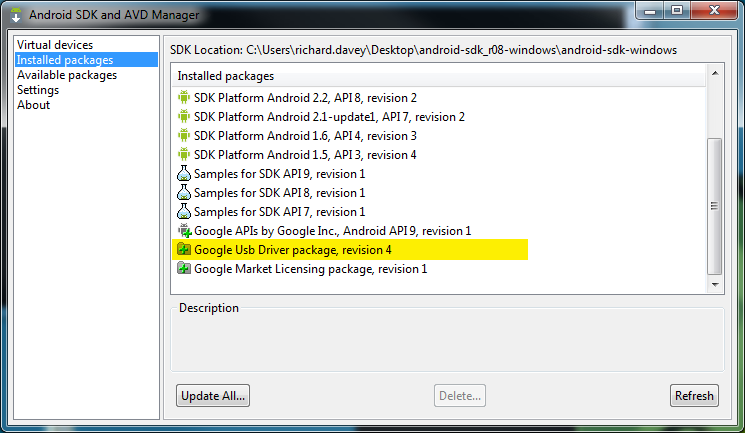
3) Now go into the Computer Management app. In Windows 7 you can right-click your Computer icon on your Desktop and pick “Manage”. You need administrator level permissions to do this. Pick Device Manager on the left and you should see your Nexus One listed under “Other devices” on the right,with a little yellow alert sign over the icon:
4) Right-click the Nexus One entry and pick Install Driver. It will ask if you wish to Search for the driver or Browse for it. Naturally you need to browse for it. Point it at the google-usb_driver folder that is now inside your Android SDK folder. The location of this will vary from PC to PC, but I’m hoping you know where you unzipped it all 🙂
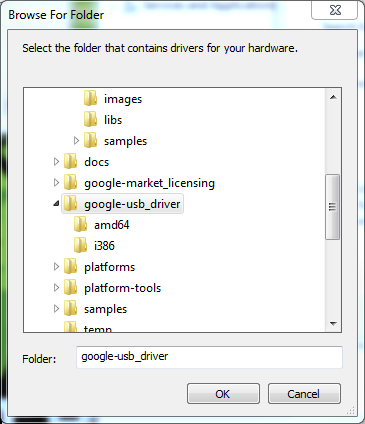
The driver will now install. I did this with the phone connected and it didn’t seem to complain at all.
At the end of the process you should see this:

Click Close and the Device Manager will refresh. Voila! We can haz Nexuses:
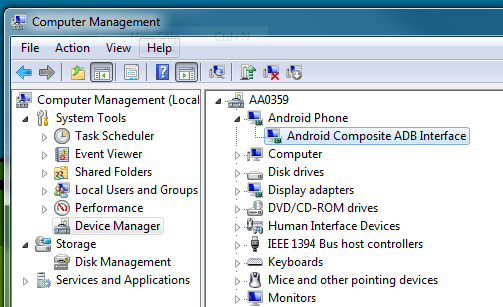
From this point on you mount the phone and access it like a normal USB stick. It will make your life in Flash a whole lot easier now too! No more crappy slow emulators 🙂
The small tests I’ve run on the phone so far look promising. Speed is still a bit of an issue, but I believe we can get around that with some clever optimisation and planning. There’s a good beginners guide written by Terry Paton on the Mochi web site.
-
The cross-platform development Holy grail (DarkBASIC vs. Blitz 2011)
11th Jan 2011I had been hearing rumours of this new language for some months. Now and again I’d pick up chatter on Twitter that Mark Sibly, author of the Blitz 3D and Blitz Max development software, was working on something new. Something quite special. After reading several more tweets about it I finally cracked and decided to take a look. And what I’ve seen impresses the heck out of me.
 Monkey is a free and open programming language. But what is most exciting is that it’s truly cross-platform. The target platforms that should be available from launch include HTML5, XNA, Android, Native GL, iPhone and, yes, Flash. This means the exact same code will compile across all of those platforms, using their native SDKs (Xcode, Flex SDK, etc) which will should make them perform extremely well.
Monkey is a free and open programming language. But what is most exciting is that it’s truly cross-platform. The target platforms that should be available from launch include HTML5, XNA, Android, Native GL, iPhone and, yes, Flash. This means the exact same code will compile across all of those platforms, using their native SDKs (Xcode, Flex SDK, etc) which will should make them perform extremely well.Monkey itself will be a simple but powerful core language only, with no platform specific baggage such as 2D or IO. Those are added in with modules. Mark has said there will be a module called mojo which will be a lightweight 2D module, but the real aim is to keep it as compact as possible.
Given that Blitz was used mostly for creating games it’s not surprising that Mark has said a simple game modules will be released. And of course the community can release their own modules to take the language in whatever direction they want.
At the moment there’s no real way to write one set of code that will execute across multiple platforms like this. Unity can handle some of them, but not all. Flash also can handle some of them, but certainly not all, and some of those it does handle have significant performance issues. It’s very similar to how haXe works, but with a far “friendlier” looking syntax. And knowing Mark I’m sure plenty of game specific modules will start coming forth, as Blitz has a significant game development community behind it.
Those of you who know my past may find it amusing that I’m blogging about a Blitz product 🙂 To understand read on …
A Short Game Dev History Lesson
From 2003 to 2007 I worked for a company called The Game Creators (TGC). They created a programming language called DarkBASIC (DB), and later DarkBASIC Professional (DBPro). Our biggest competitor at the time was a language called Blitz Basic (BB), which then evolved into Blitz3D and ultimately BlitzMax. I was involved in the DarkBASIC community long before joining TGC in 2003, and back then there was genuine rivalry between the DB and BB camps. As the software evolved and new versions came out, so it became more and more intense. Coders from one camp would try and out-code those in another. Disinformation was rife.
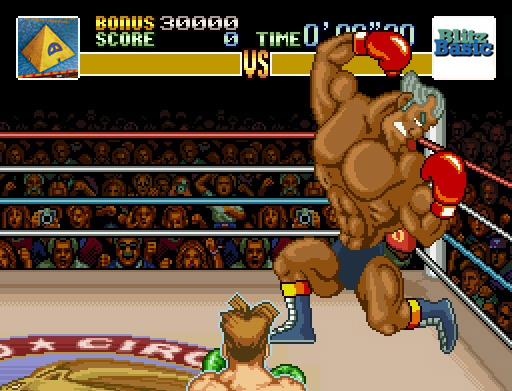
By the time I was in charge of building the TGC web sites and forum, we had to actually instigate a ban on the “flaming” of Blitz products, as it was just getting too messy. Blitz developers would flood the forum with various bits of rubbish, and the opposite happened. It was very school play ground. Being a DarkBASIC fan boy, and then employee, I would vehemently defend the product. Of course I know and respect the TGC team and am good friends with several of them. But all of this was many years ago now, and I no longer feel like a traitor for exploring this new Blitz Research product 🙂
Both DarkBASIC and Blitz really did put game making tools into the hands of anyone who wanted them, without the complexity of DirectX / OpenGL. Back then there was no such thing as Unity. GameMaker was very embryonic, and other similar software extremely expensive or restricted with insane licenses or noob styled IDEs. DarkBASIC and Blitz really opened up a new market and blazed the trail.
Time waits for no technology
However it’s safe to say that neither products have really changed much in the past 5 years. Yet technology hasn’t let up one bit. Although both still have strong and active communities they have both ignored the tidal shift that is happening in both indie game dev and the platforms upon which games are now enjoyed. Unity has come from nowhere and stolen a huge percentage of their markets. HTML5 gains traction with every new browser release, and Flash has gone from being a random curio of a Netscape plugin to one of the largest platforms in the world.
Today we’ve got mobile platforms galore: iOS, Android, Symbian and RIM. XNA, WiiWare and DSiWare open consoles to us that traditionally have been locked behind closed doors. Even new platforms such as Kindle should not be ignored. And of course the ever present giant that is Facebook gaming (be it via HTML5 or Flash). Today gaming platforms are everywhere, and there are literally millions of connected and active users to tap into as well as the PC and Mac markets.
As an indie game dev on Flash I know my games will be enjoyed by millions of players. When I make a game, I make it to be played. My Flash games see more plays per day than my Windows games had downloads in their whole lifetime. But even I acknowledge that Flash isn’t the best way to be making games if I want to be truly cross platform. It’s performance on iOS is lacklustre at best. Android is lot better but still requires a hefty 16MB AIR install before a user can get off the ground, as well as having a hugely fragmented list of mobile devices to support. And forget about Symbian, XNA, Wii, Windows Mobile 7, etc.
DarkBASIC vs. Blitz – Round 3
So why does Monkey excite me? I think mainly because of the heritage from which this language comes. Hindsight is a wonderful thing. I’m a significantly more experienced developer now, and I realise just what an excellent language Blitz was. Especially the incredible performance it achieved on the hardware of the era. So I don’t doubt that it’s going to do the same again.
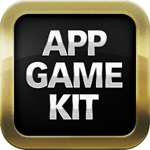 But things are never quite that simple – and interestingly The Game Creators counter-attack by announcing their new App Game Kit which claims you can “write once, deploy to everything”. It will include 2D game specific functions and a built-in physics engine. This is very different to the approach Monkey is taking which is keep the core as tight and fast as possible, and then extend on-top of that. But from a game developers point of view, AGK on paper has more appeal already. Of course the proof is in the pudding.
But things are never quite that simple – and interestingly The Game Creators counter-attack by announcing their new App Game Kit which claims you can “write once, deploy to everything”. It will include 2D game specific functions and a built-in physics engine. This is very different to the approach Monkey is taking which is keep the core as tight and fast as possible, and then extend on-top of that. But from a game developers point of view, AGK on paper has more appeal already. Of course the proof is in the pudding.I wonder if new battle lines will be drawn in the sand for these two products? I always felt like Blitz had the superior tech, but TGC had excellent marketing and community management (something I worked very hard to create and foster for them!) and to this day they still do. Blitz lack this, and it’s not something to be ignored in this age when communication with customers is king. Will pure tech alone win this round? Will Blitz hire someone good at marketing? Time will tell. But it will be exciting to see what happens in 2011. And of course no-one can forget the elephant in the room that is Unity.
For more information about Monkey you need to follow Marks blog at: http://marksibly.blogspot.com/
You can see an example of a Monkey coded Flash game in this blog entry.
And here is a video showing Monkey running on a mobile device.
The Blitz range of software is on the Blitz Research web site. Lots of famous indie game devs use it, such as Jayenkai and his incredible AGameAWeek site.
Details about AGK are limited at the moment, but can be found on the AGK teaser site, where you can sign-up to be notified when it launches. It’s also worth subscribing to the free TGC monthly newsletter, which will carry the latest AGK news as well as lots of other great indie game content. Fun fact: I started the newsletter and was the editor of every issue until I left in 2007, it will reach the 100th issue this year, which is awesome 🙂
The Game Creators range of software can be found on their main site.
Is true cross-platform development even possible?
 Of course true cross-platform development is something of a holy grail. I don’t believe that any software will ever truly provide it, because there are so many device specific things that get in the way. Preparing graphical assets (especially for 2D games) is not the same between say a tablet running Android and a Nokia running Symbian. Device IO, resolutions and speed will always be factors.
Of course true cross-platform development is something of a holy grail. I don’t believe that any software will ever truly provide it, because there are so many device specific things that get in the way. Preparing graphical assets (especially for 2D games) is not the same between say a tablet running Android and a Nokia running Symbian. Device IO, resolutions and speed will always be factors.This makes me feel that you will need to custom tweak your game for every platform, no matter what language you used to code it in the first place. Of course the least amount of changes you have to make, the better.
Whatever way you look at it though, 2011 is an exciting year for game developers. Our market is expanding by millions of devices each month. And when it comes to development everyone seems to want to make our lives easier.
Adobe, your move.
-
Pirates of the 777 Seas Demo by Razor 1911
9th Jan 2011Just a quick shout out for the Pirates of the 777 Seas demo by Razor 1911. I’m mentioning it for two reasons: first it’s lovely little 80k Windows demo with a great soundtrack, but second and most importantly because Ilija did all the pixel work.
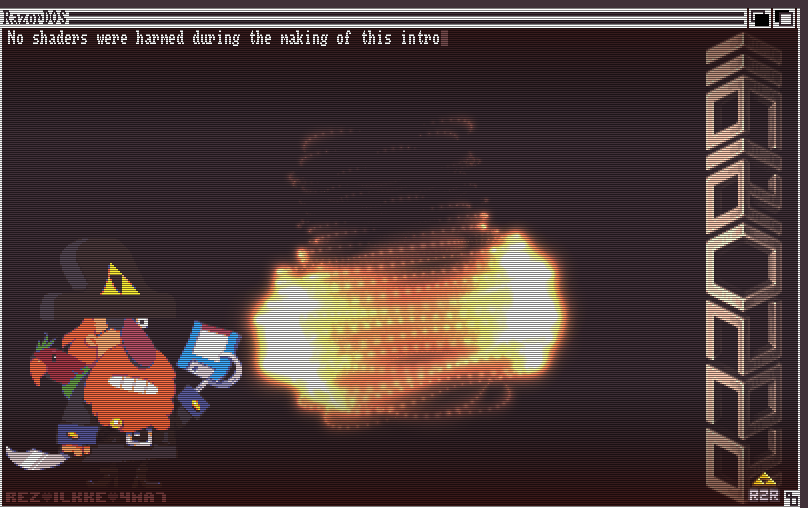
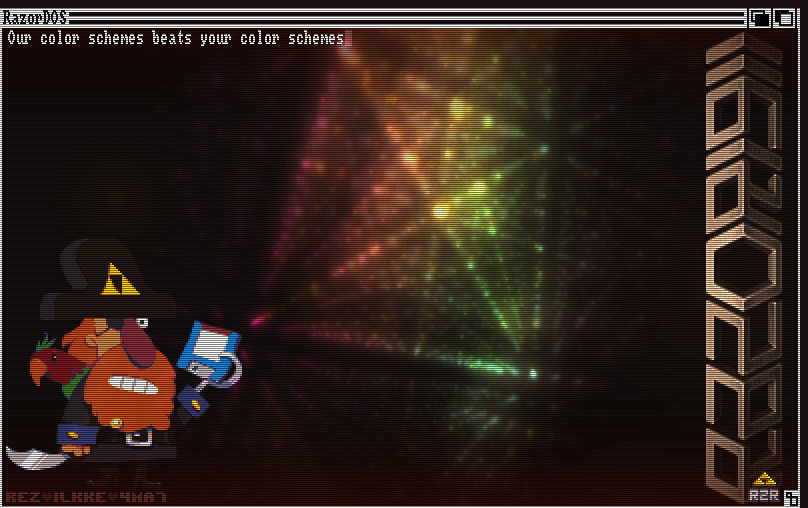
Coding by Rez and a great soundtrack by 4mat (someone I secretly still hope will one-day grace one of our games with his audio prowess!)
Pouet demo info here (including download link) or watch on YouTube if you don’t run Windows.
Try not to though, it looks much better “for real”. -
Pixel Smash Source Code Released
8th Jan 2011 Just a quick one, but some people asked me if I’d send them the source to the Pixel Smash demo I posted the other day. I figure it can’t hurt, so I’ve packaged it up, removed some useless bits, added comments and thrown it together in a zip.
Just a quick one, but some people asked me if I’d send them the source to the Pixel Smash demo I posted the other day. I figure it can’t hurt, so I’ve packaged it up, removed some useless bits, added comments and thrown it together in a zip.Pixel Smash source code (includes Flash Develop project, set-up with Nape linked in ready to compile)
Should work “out of the box” on PCs running Flash Develop. Will need rebuilding in anything else. It isn’t optimised by a long shot, so make of it what you will.
More posts to tickle your grey matter ...
- Phaser Coding Tips 5
- Phaser Coding Tips 4
- Phaser 3 Development Log - w/e 30 Jan
- Phaser Coding Tips 3
- Phaser 3 Development Log - w/e 16th Jan
- Phaser Coding Tips 2
- Phaser Coding Tips 1
- Phaser v2.1.3 and Pixi v2 are out!
- Welcome to the DarkForge - An archive of all my old DarkBASIC code
- Phaser goes to the movies
Hire Us
All about Photon Storm and our
HTML5 game development services
Recent Posts
OurGames
Filter our Content
- ActionScript3
- Art
- Cool Links
- Demoscene
- Flash Game Dev Tips
- Game Development
- Gaming
- Geek Shopping
- HTML5
- In the Media
- Phaser
- Phaser 3
- Projects
Brain Food

